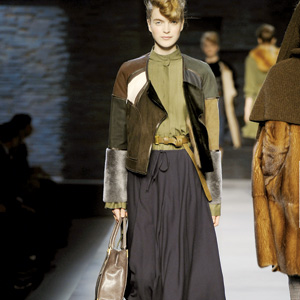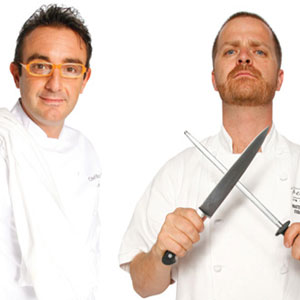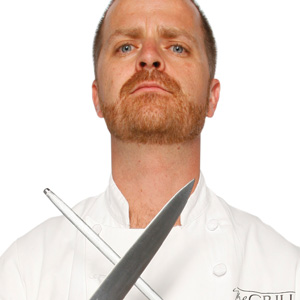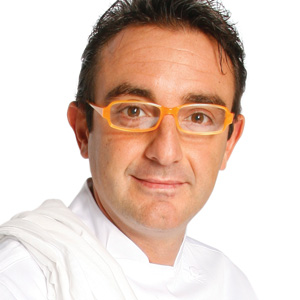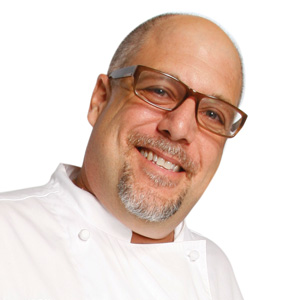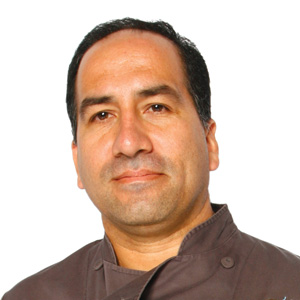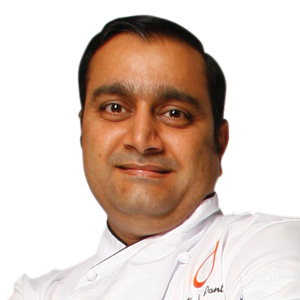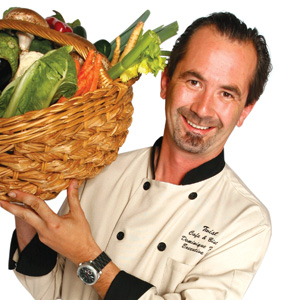In “Love Life,” German director Maria Schrader recounts the affair of Ya’ara (Neta Garty, the Natalie Portman type) and an older, silver-haired gentleman named Arie (Rade Serbedzija).
Attractions News - page 57
Perhaps one of the most iconic depictions of the midi-length skirt in popular culture comes from the film Bonnie and Clyde. In the 1967 movie about the notorious 1930s bank robber lovers, Faye Dunaway is the definition of kick-ass glam in her fitted shin-length tweed skirts paired with tight little knit sweaters.
Over the past few years, Silicon Valley’s dining scene has undergone a transformation that’s allowing local restaurants to emerge from the long shadow cast by that city by the bay up north. Just last week, the venerable Michelin guide bestowed new stars on four Silicon Valley restaurants. But it’s not just the higher-end places that stand out. Silicon Valley’s strength has long been its off-the-beaten-path ethnic restaurants and that continues to be the case.
If Chef Matthew LeGentry were stranded on a desert island and could choose to bring only four foods with him, he wouldn’t mess around. His choices would be prime New York steak, sashimi grade ahi, premium extra-virgin olive oil and, oh yeah, some nice carrots to munch on.
Marco Fossati, the new executive chef at Quattro at East Palo Alto’s Four Seasons Hotel, has a particularly deep résumé. Born in Portofino, Italy, Fossati grew up in a family of great cooks. His great-great-grandfather was the chef of the cruise ship Michelangelo and may have started the family’s love affair with food.
Chef Michael Miller has owned several acclaimed restaurants, the last being Trevese in Los Gatos, but you can currently sample his cuisine at the Silicon Valley Capital Club, where his favorite thing to cook and eat is the ever-changing tasting menu. Some other favorites include the “mer rouge,” a combination of scallops, halibut and shellfish in a tomato lobster broth, and the pepper-crusted pork chop.
Every Sunday, the Hernandez family would roast a piece of meat on a spit in their back yard, and little Arnulfo, who would later become chef “Arnie” of Reposado, being the youngest would get to be the first to press his homemade tortilla to the succulent roast, soaking up as much of its juices as he could. His parents both loved to cook and eat well, so it is not surprising that when he landed his first restaurant job, which was supposed to only last a summer, he fell in love with the freedom-loving, high-energy world of the restaurant busines
As a boy growing up in India, Kirti Pant, executive chef at Palo Alto’s Junoon, moved around a lot. His father was in the air force, and every couple of years his family would pack up and relocate to another part of the country. While all that moving was undoubtedly hard on his friendships, it offered him a great education in the regional cuisines of India.
Dominique Faury was born and attended culinary school in Paris, came to New York when he was 23, looking for adventure and a break from the strict rules and tense atmosphere of the famous three-star restaurants where he had been working. He fell in love with the friendly people and decided to stay. Through corkscrew turns of fate he married a girl from Michigan and ended up in California where word of his delicious American food with a French twist quickly spread. In 2003, he opened Twist Bistro in Campbell.
At their best, restaurants are more than places to satisfy an appetite, they are a reflection of the community. They are gathering places, an extension of our kitchens and living rooms. While we have little control over what’s happening in Washington and Sacramento, we have complete control over what we eat and where. Voting with your food dollars is a powerful statement of our values.

